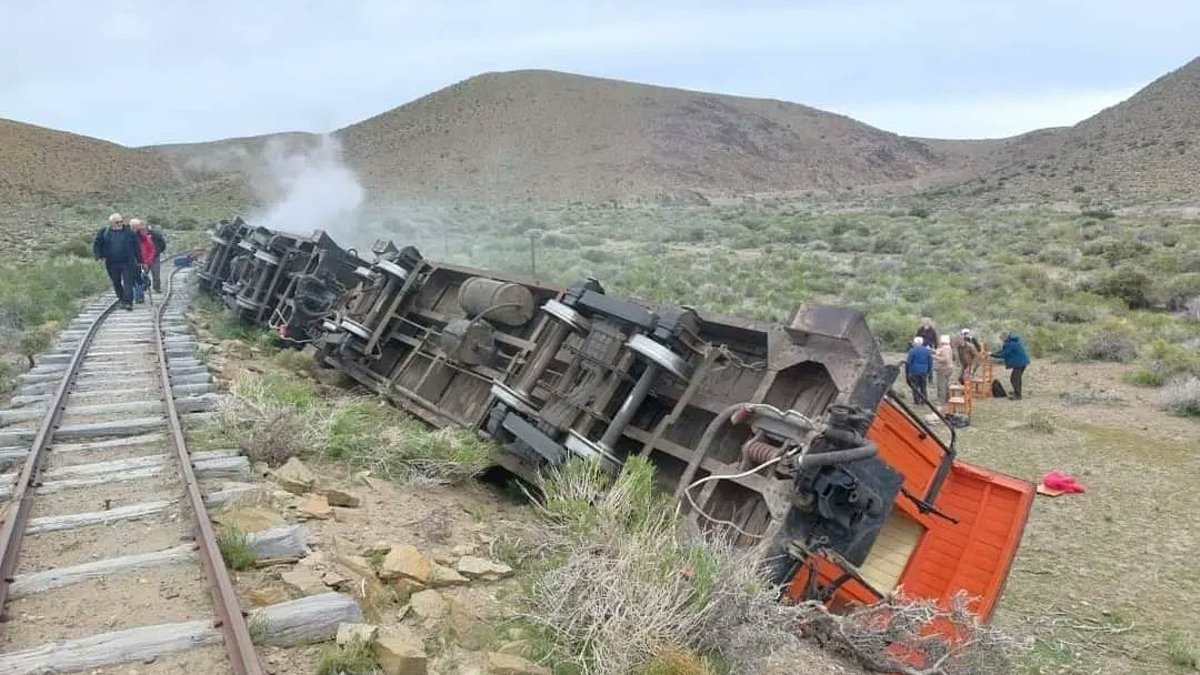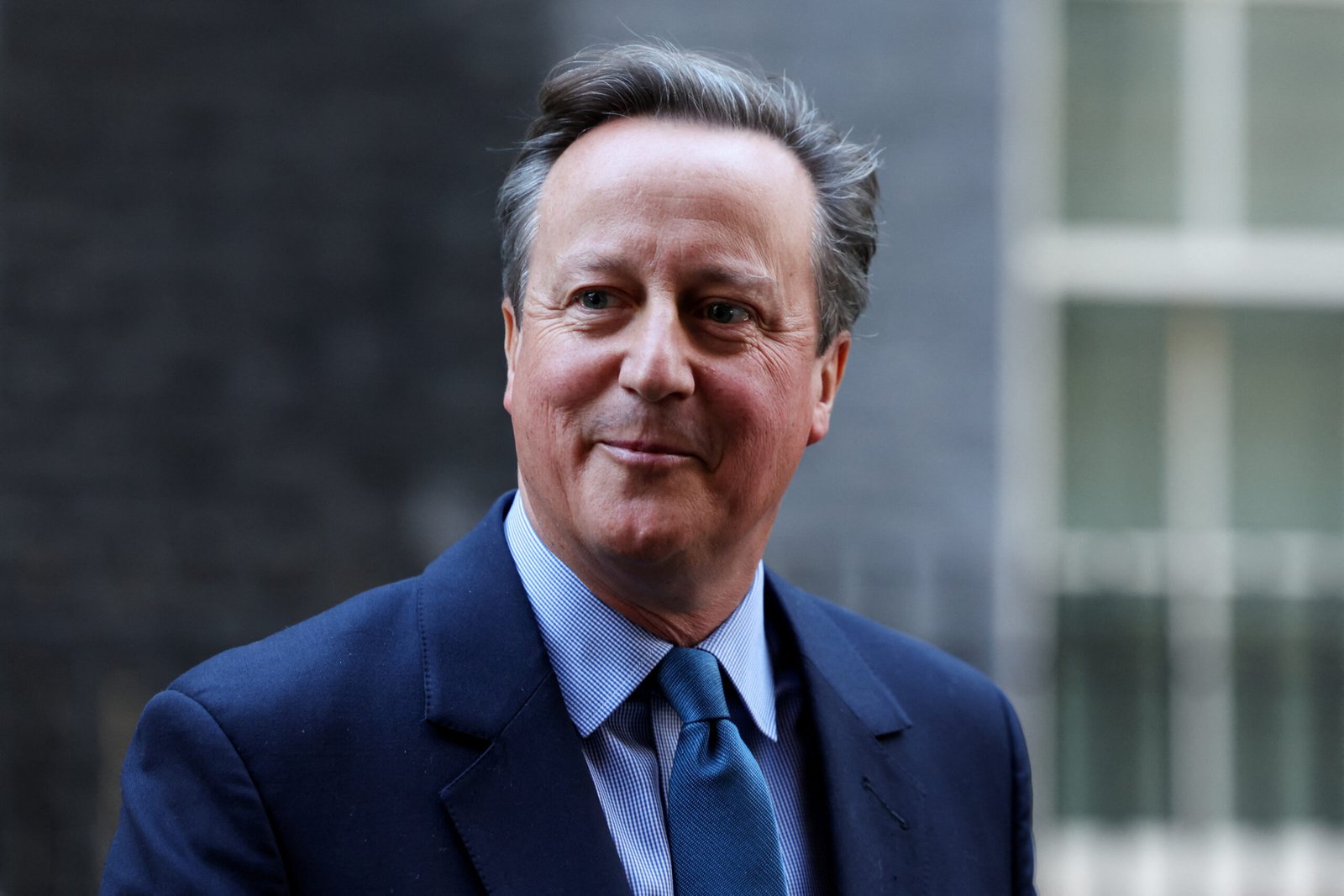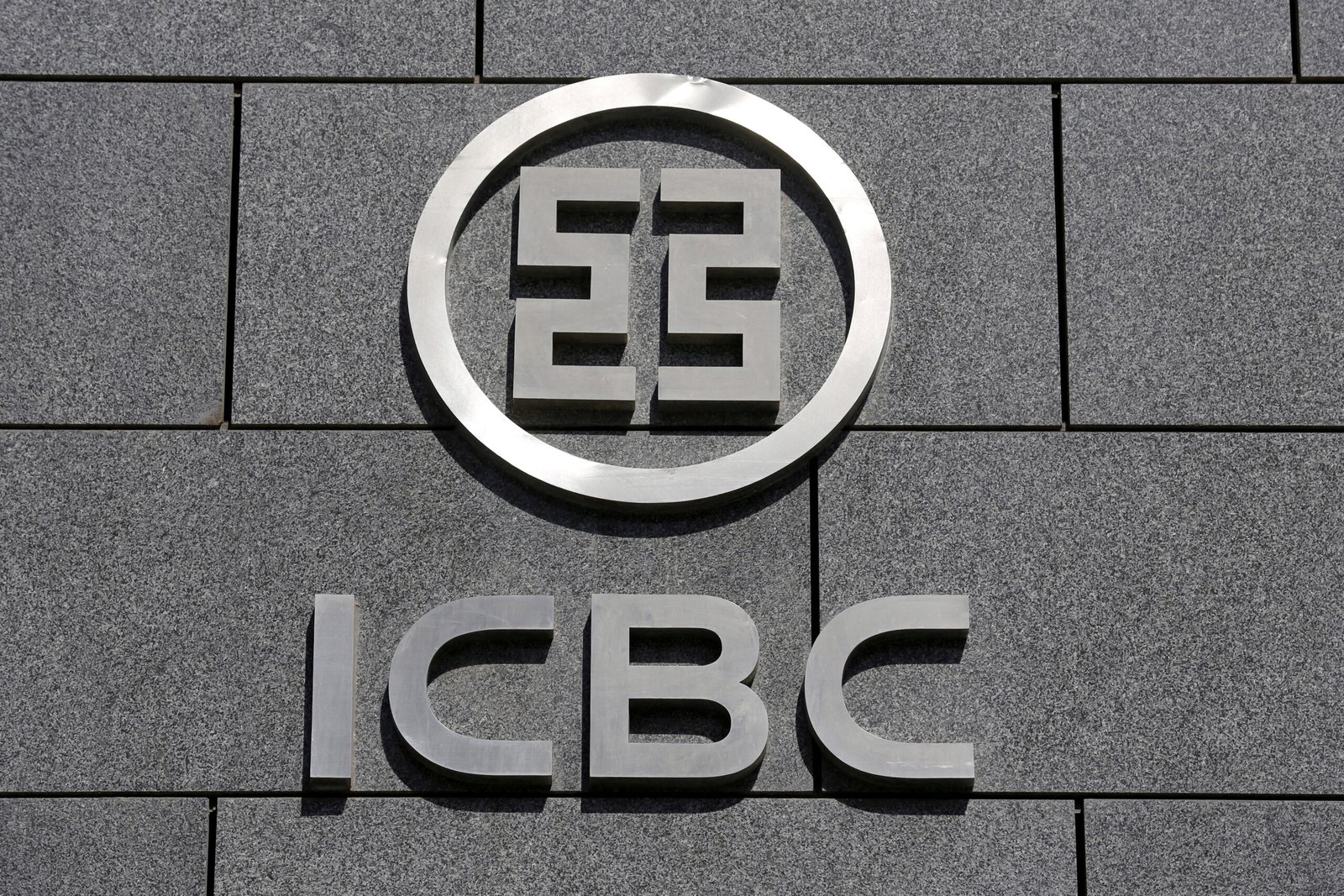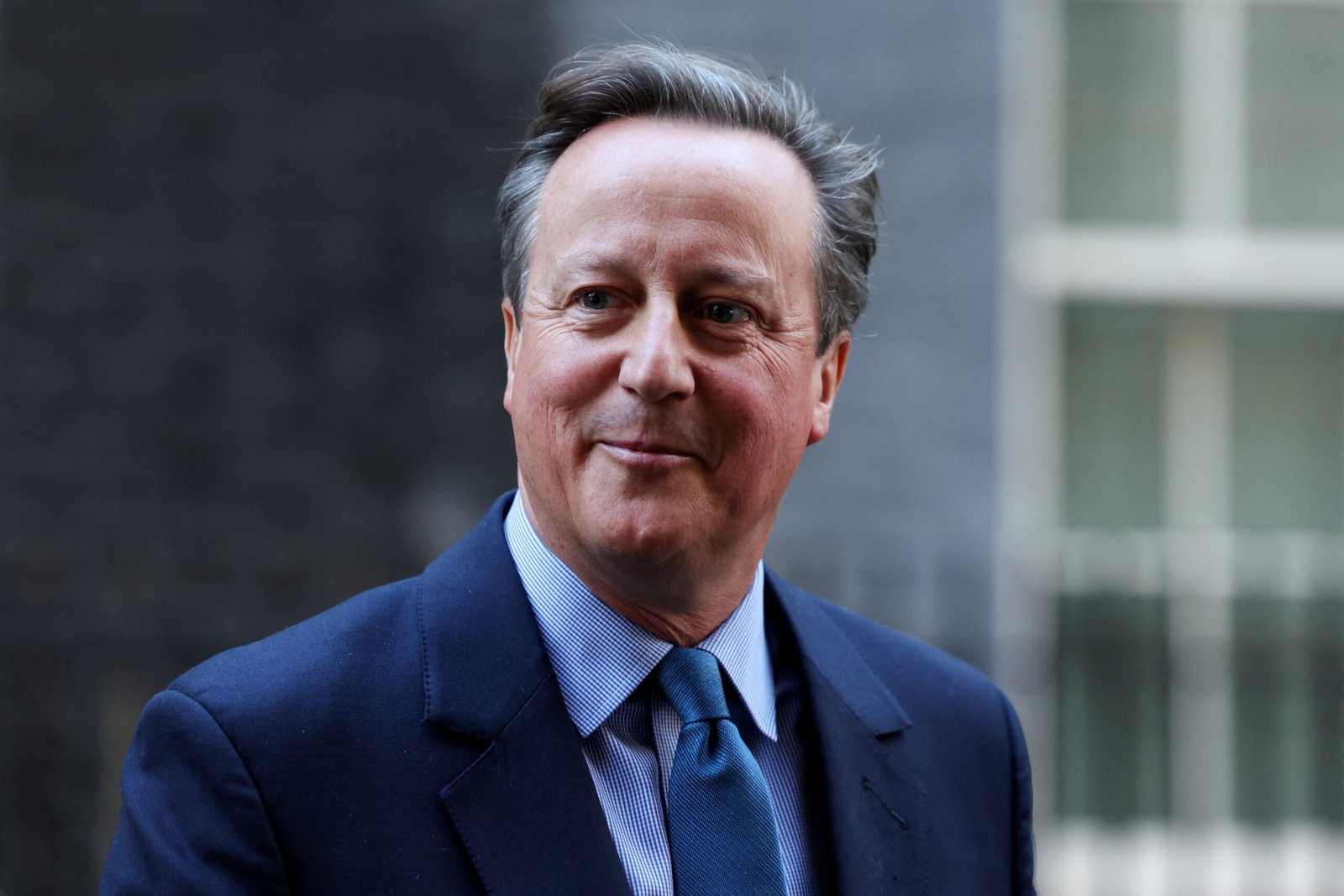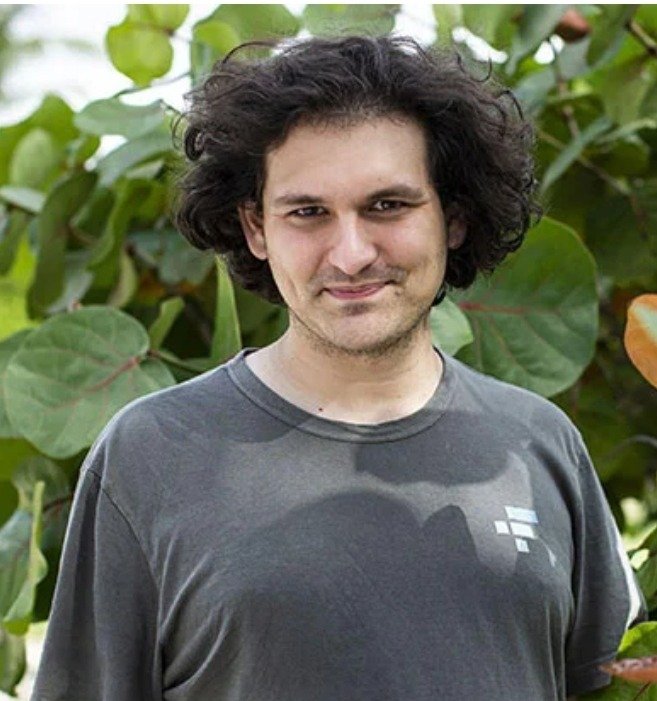India has expanded a secretive site that could be used to enrich more uranium for nuclear weapons, a U.S. think tank said. The Institute for Science and International Security, a private group opposed to nuclear proliferation, said that India appeared to be finishing a second gas centrifuge facility at its Rare Materials Plant near the southern city of Mysore.
“This new facility could significantly increase India’s ability to produce highly enriched uranium for military purposes, including more powerful nuclear weapons,” the institute said in a report in April 2010.
The institute said that India started building a second centrifuge plant near Mysore in 2010, but it was unclear whether it was a replacement for the first facility at the site or a supplement.
If it is a new facility, “India could have more than doubled its enrichment capacity, if the original building continues to function as an enrichment plant,” it said.
India closely guards its nuclear sites and says little about them publicly. In the past, India has complained about footage of sensitive infrastructure taken by commercial satellite services such as Google Earth.
On May 18, 1974 India conducted its first so-called peaceful nuclear explosion and named it Smiling Buddha. Obviously Buddha would have smiled when his name fervently associated with peace and reverence was sardonically linked to a nuclear explosion. The test was conducted at a place called Pokhran, which literally meant The Place of Five Mirages. After the test India vowed never to weaponize its nuclear power.
Ironically on May 11, 1998, on the Birthday of Buddha, the world was again disdainfully traumatized with another set of nuclear explosions. This time Indians called them Shakti (name of Hindu Goddess of strength). The illusion of five mirages of Pokhran was turned into reality with five nuclear explosions conducted on the 11th and 13th of May, making India the sixth nuclear weapon state.
India is known to possess weapons of mass destruction in the form of nuclear weapons and, in the past, chemical weapons. Though India has not made any official statements about the size of its nuclear arsenal, recent estimates suggest that India has between 90 and 110 nuclear weapons, consistent with earlier estimates that it had produced enough weapons-grade plutonium for up to 75–110 nuclear weapons.
In 1999 India was estimated to have 4,200 kg of separated reactor-grade plutonium, enough for approximately 1,000 nuclear weapons. India is not a signatory to the 1968 Nuclear Non-Proliferation Treaty (NPT), which it argues entrenches the status quo of the existing nuclear weapons states whilst preventing general nuclear disarmament.
If there was any arms race in the region, India has won it, at whatever the cost may be. But the claims to have good neighbourly relations, with MFN-status, no-war pact or no-first-use nuclear arsenal are just a dream seemingly never to come true.
In April 2012, India yanked open the door of the exclusive ICBM (International Ballistic Missile) club with the first test of Agni-V. Now, if DRDO is to be believed, India has quietly gate-crashed into an even more exclusive club of nuclear-tipped submarine-launched ballistic missiles (SLBMs). The most ironic part of this achievement on part of India is that New Delhi had been able to successfully keep it as a secret ‘black project.’
The annual awards function of the Defense Research and Development Organization (DRDO) the other day witnessed Prime Minister Man Mohan Singh handing over the “technology leadership award” to scientist, A K Chakrabarti, of the Hyderabad-based DRDL lab, for the “successful development” of the country’s first SLBM. This capability has been acquired only by four nations, the US, Russia, France and China.
Long shrouded in secrecy as a “black project,” unlike the surface-to-surface nuclear missiles like Agni, the SLBM may now finally come out of the closet. Called different names at different developmental phases, which included “Sagarika” for an extended period, the SLBM in question is the ‘K-15’ missile with a 750-km strike range. Much like the over 5,000-km Agni-V that will be fully operational by 2015 after four-to-five “repeatable tests,” the K-15 is also still some distance away from being deployed. While the SLBM may be fully-ready and undergoing production now, as DRDO contends after conducting its test several times from submersible pontoons, its carrier INS Arihant will take at least a year before it’s ready for “deterrent patrols.”
India’s first indigenous nuclear-powered submarine, the 6,000-tonne INS Arihant, is still undergoing “harbor-acceptance trials” with all its pipelines being cleared and tested meticulously on shore.
Based steam before its miniature 83 MW pressurized light-water reactor goes “critical.” The submarine will then undergo extensive “sea-acceptance trials” and test-fire the 10-tonne K-15, which can carry a one-ton nuclear payload, from the missile silos on its hump.
Only then will India’s missing third leg of the nuclear triad – the ability to fire nukes from land, air and sea – be in place. INS Arihant has four silos on its hump to carry either 12 K-15s or four of the 3,500-km range K-4 missiles undergoing tests at the moment. The first two legs revolve around the Agni missiles and fighters like Sukhoi-30MKIs and Mirage-2000s jury-rigged to deliver nuclear warheads.
The sea-based nuclear leg in the shape of SLBMs is much more effective — as also survivable being relatively immune to pre-emptive strikes — than the air or land ones. Nuclear-powered submarines, which are capable of operating silently underwater for months at end, armed with nuclear-tipped missiles are, therefore, considered the most potent and credible leg of the triad. With even the US and Russia ensuring that two-thirds of the strategic warheads they eventually retain under arms reduction agreements will be SLBMs, India with a clear “no-first use” nuclear doctrine needs such survivable second-strike capability to achieve credible strategic deterrence.
After 1974 nuclear explosion Indian government solemnly claimed that it will not produce nuclear weapons, enough published evidence is now available to suggest that it was not the case and she continued to expand her nuclear weapons’ capability.
Photo Via Aljazeera.











